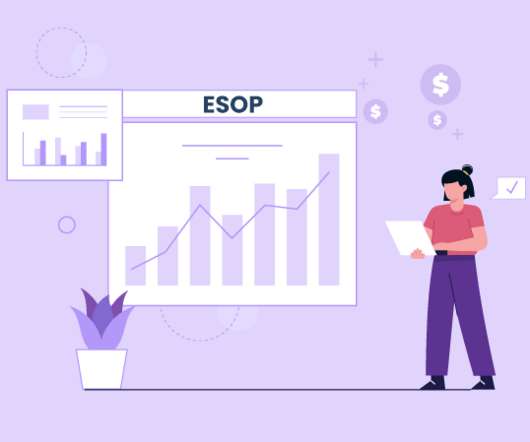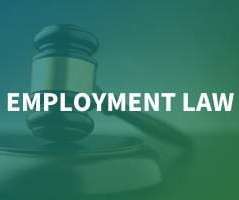What Is a Qualified Retirement Plan?
HR Lineup
MARCH 13, 2022
Some of these plans have an advantage when it comes to taxes. For such a program to enjoy any tax benefits , it has to conform to the standards set in the US tax code, section 401a. Types of Qualified Retirement Plans. There are three classes of qualified retirement plans, namely: 1. Hybrid plan.












Let's personalize your content